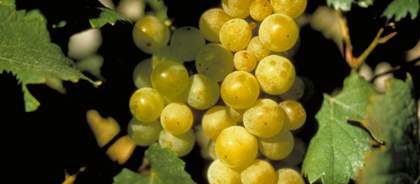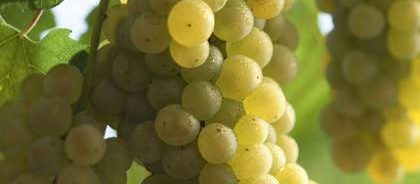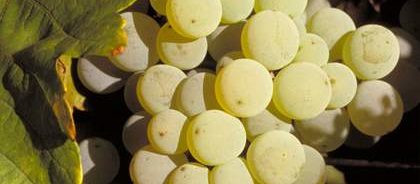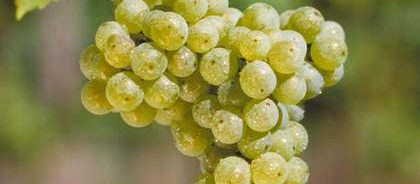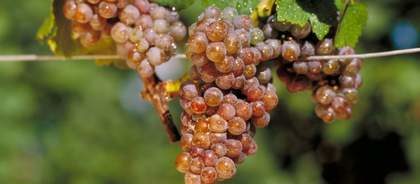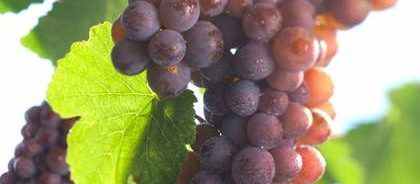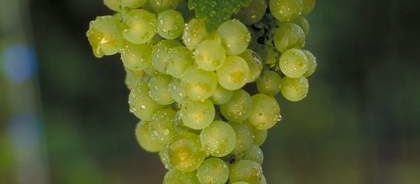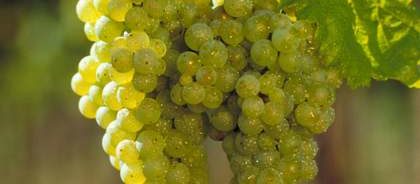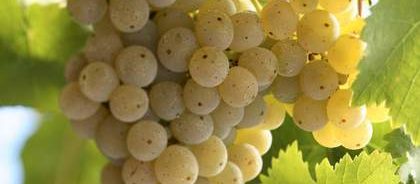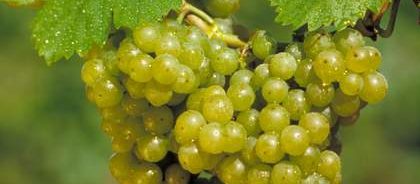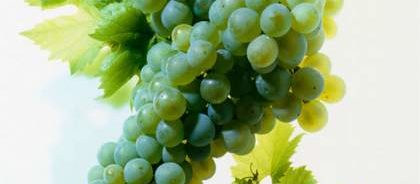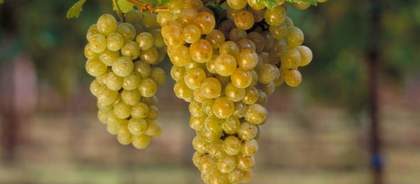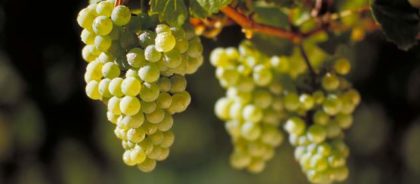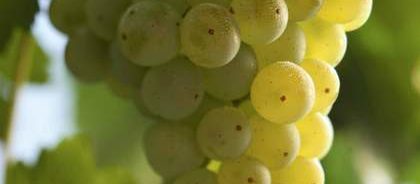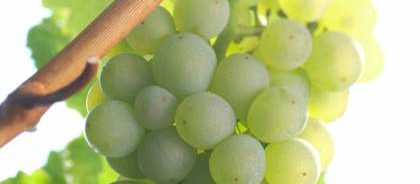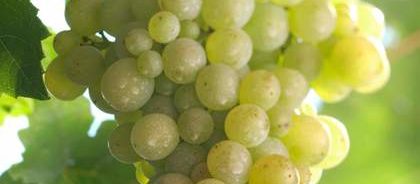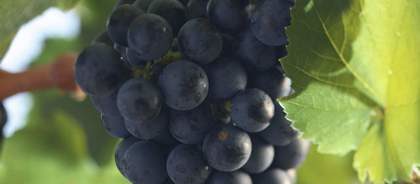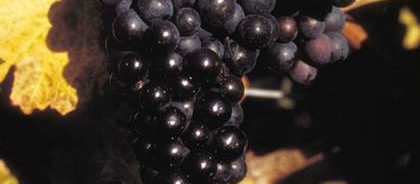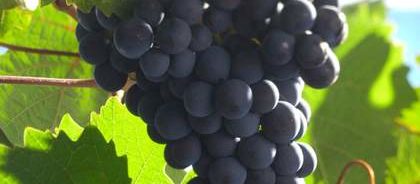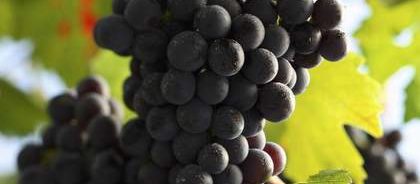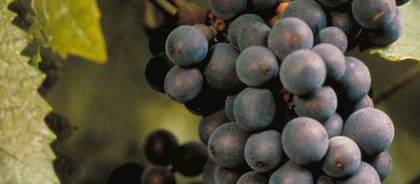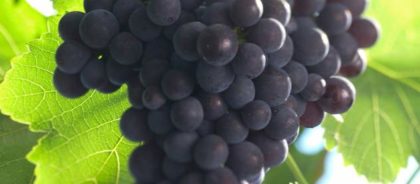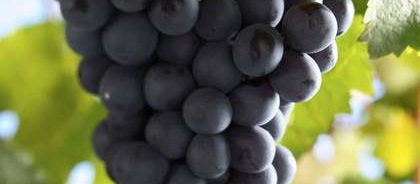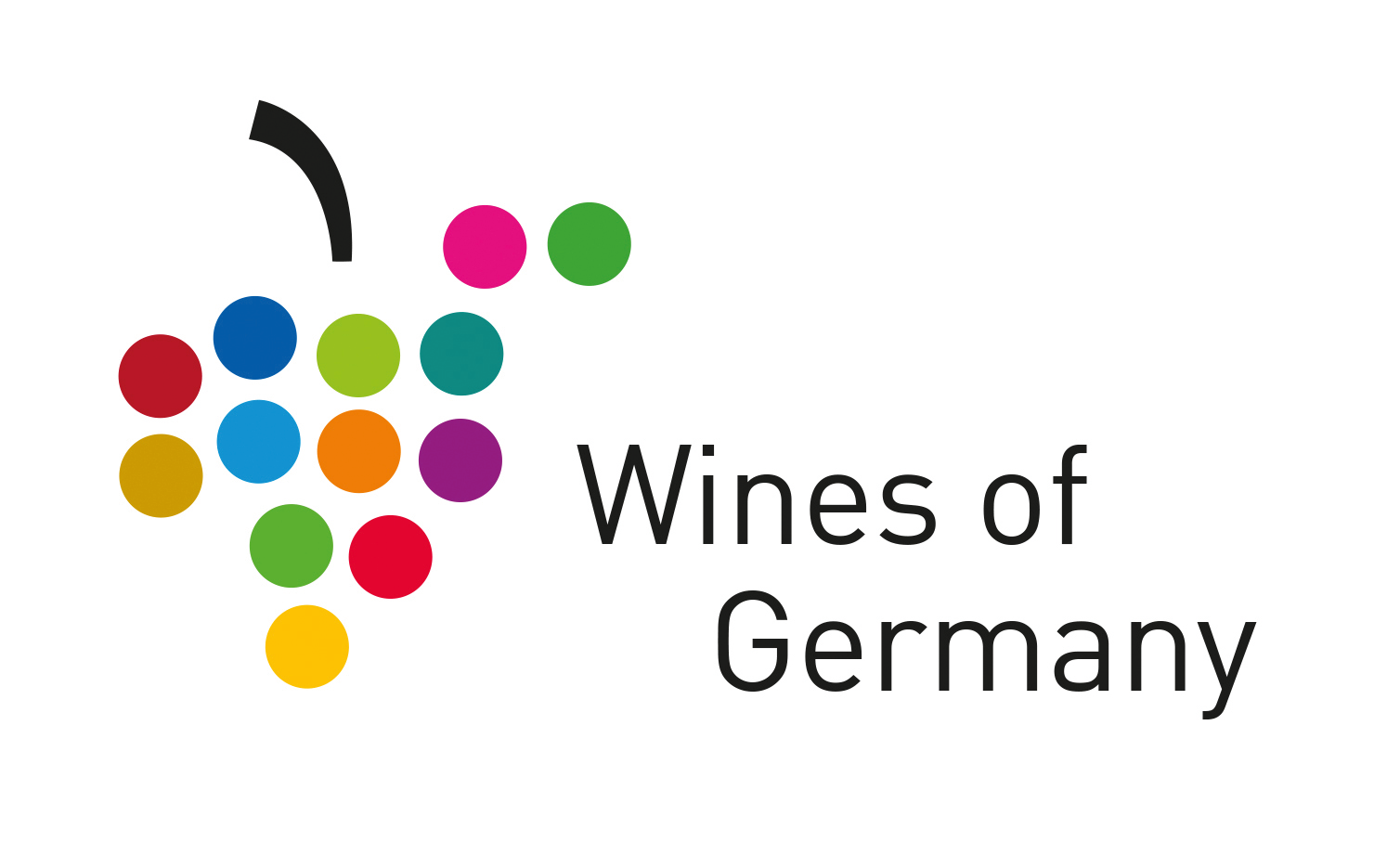Germany is home to nearly 135 different grape varieties, from lesser-known varieties such as Albalonga and Zweigeltrebe to well-known favourites such as Riesling and Pinot Noir. With 66.9% of Germany’s vineyards dedicated to producing knock-out white wine, and 11.5% to Pinot Noir, it’s never been a more exciting time for German wine production.
-
Bacchus
Bred in the Pfalz and given the Latin name for Dionysos, the Greek God of Wine, Bacchus is a crossing of (Silvaner x Riesling) x Müller-Thurgau. Bacchus represents 1.6% of
-
Chardonnay
Like many other ancient grape varieties, Chardonnay stems from the Middle East. As viticulture spread, the variety found a new home in France, particularly in Burgundy. Chardonnay is one of
-
Elbling
Elbling is an ancient white variety of origin unknown. It is an early-ripening, very prolific producer that makes light, piquant wines that often are used for sparkling wine, thanks to
-
Farberrebe
Farberrebe was produced by the prolific Rheinhessen grape breeder Georg Scheu, by crossing Weissburgunder with Müller-Thurgau in 1929. An early-ripening white variety, with sufficient ripeness, the Faberrebe can produce elegant,
-
Gewürztraminer
Roter Traminer, and its better-known synonym, Gewürztraminer, or “spicy (aromatic) Traminer,” is an old, traditional variety prized for the high quality of its wine. From the Middle Ages until the
-
Grauer Burgunder
These are synonyms for the grape known as Pinot Gris in France and Pinot Grigio in Italy. Grauburgunder denotes the more food-compatible, sleeker, drier style, while the richer, fuller-bodied and
-
Gutedel
Gutedel is known as Chasselas in France and Fendant in Switzerland, this ancient white variety is both a popular table grape and a wine grape. It ripens fairly early and
-
Huxelrebe
Huxelrebe, a crossing of Gutedel and Courtillier Musqué, was bred by Georg Scheu in Rheinhessen in 1927. If left on its own, this white variety can achieve record-breaking yields (and
-
Kerner
Today, Kerner is the most widely planted new crossing in Germany, representing 2.3% of the total annual yield. Bred in 1969 in Württemberg and named after a local poet, Justinius
-
Morio-Muskat
The name Morio-Muskat, for this crossing of Silvaner and Weissburgunder derives from its breeder, Peter Morio, and its characteristically strong, rich bouquet that is reminiscent of Muscat grapes. It adds
-
Müller-Thurgau (Rivaner)
The Müller-Thurgau, or Rivaner, is the third most widely planted grape in Germany and accounts for 11.4% of the total vineyard area. It is named after Professor Müller of Thurgau,
-
Ortega
Ortega, a crossing of Müller-Thurgau and Siegerrebe is a very early-ripening white variety that achieves high must weights even in average years. Ortega Auslese and dessert wines have a rich,
-
Riesling
Of all the grapes of Germany, the most noble is the Riesling — a variety that can do well even in stony soil and can subsist on a minimum of
-
Scheurebe
Scheurebe (pronounced “shoy ray beh”) is another new crossing that is well established in a number of regions. Bred in 1916 in Rheinhessen and named after its breeder, Georg Scheu,
-
Silvaner
Silvaner is an old variety that once was the most important grape in Germany. Today, it accounts for 4.5% of the country’s plantings. A reasonably abundant producer, it likes average
-
Weiser Burgunder
Weiser Burgunder is synonymous with the French Pinot Blanc. This ancient variety thrives in fertile or chalky soils and ripens fairly late. It represents 5.6% of the total annual yield.
-
Blauer Lemberger
Blauer Lemberger thrives in a warm climate and wind-protected sites, not least because bud-burst is early and it ripens late. In very good sites, this Württemberg specialty brings forth excellent
-
Domina
A promising, and relatively new, red wine grape, Domina is a crossing of Portugieser and Spätburgunder that was bred at the Institute for Vine Breeding in Siebeldingen in the Pfalz.
-
Dornfelder
Among new varieties, the Dornfelder shows great promise. A prolific, relatively early ripener, it produces wine far deeper in color than is typical of German reds. In fact, it was
-
Portugieser
Portugieser is a very old variety that probably originated in the Danube Valley (not Portugal). This prolific, early-ripening grape yields mild, light, easy-to-enjoy wines. A good portion of the annual
-
Schwarzriesling
Although the name literally means “black Riesling,” Schwarzriesling is not at all related to the Riesling, but rather, it is an earlier-ripening mutation of the Spätburgunder (Pinot Noir). The wines
-
Spätburgunder
In Germany, the Spätburgunder is to red wine what the Riesling is to white wine: the cream of the crop. In fact, Germany is the world’s third largest producer of
-
Trollinger
Trollinger is a very old red variety probably originated in, and derives its name from, Tirol, where it is known as Schiava (Italy) and Vernatsch (Austria). A large yielder that

